2021 in pictures: 15 photographs of the biggest US news stories of the year
From Tokyo 2020 to Afghanistan – the news moments that made 2021, by Gino Spocchia

Tens of thousands of words will have been written about the news this year, but a few select images really illustrate the story of 2021 in the United States.
Whether it was the sight of the Washington Monument and the Lincoln Memorial pool lit up in tribute to 400,000 Americans who had died of Covid in January (and pictured above).
Or the scenes at Kabul’s international airport as the last evacuees fled a resurgent Taliban and the United States’s longest war in August; some pictures and the consequences, and lived experiences behind them, will remain in the memory.
After all, the last 365 days saw hundreds riot on the home of US democracy, the return of athletes competing at Tokyo 2020, and the after effects of a worldwide virus and demonstrations against systemic racism that spilled over into another twelve months of tension, tears and triumph.
Fifteen images have been chosen by The Independent from the year that was, and photographs that capture the essence of what has been for many, an unprecedented time.
The news year began on 6 January 2021 when hundreds – if not thousands – descended on Washington DC for a “Stop the Steal” rally to counter the certification ofJoe Biden’s election victory.
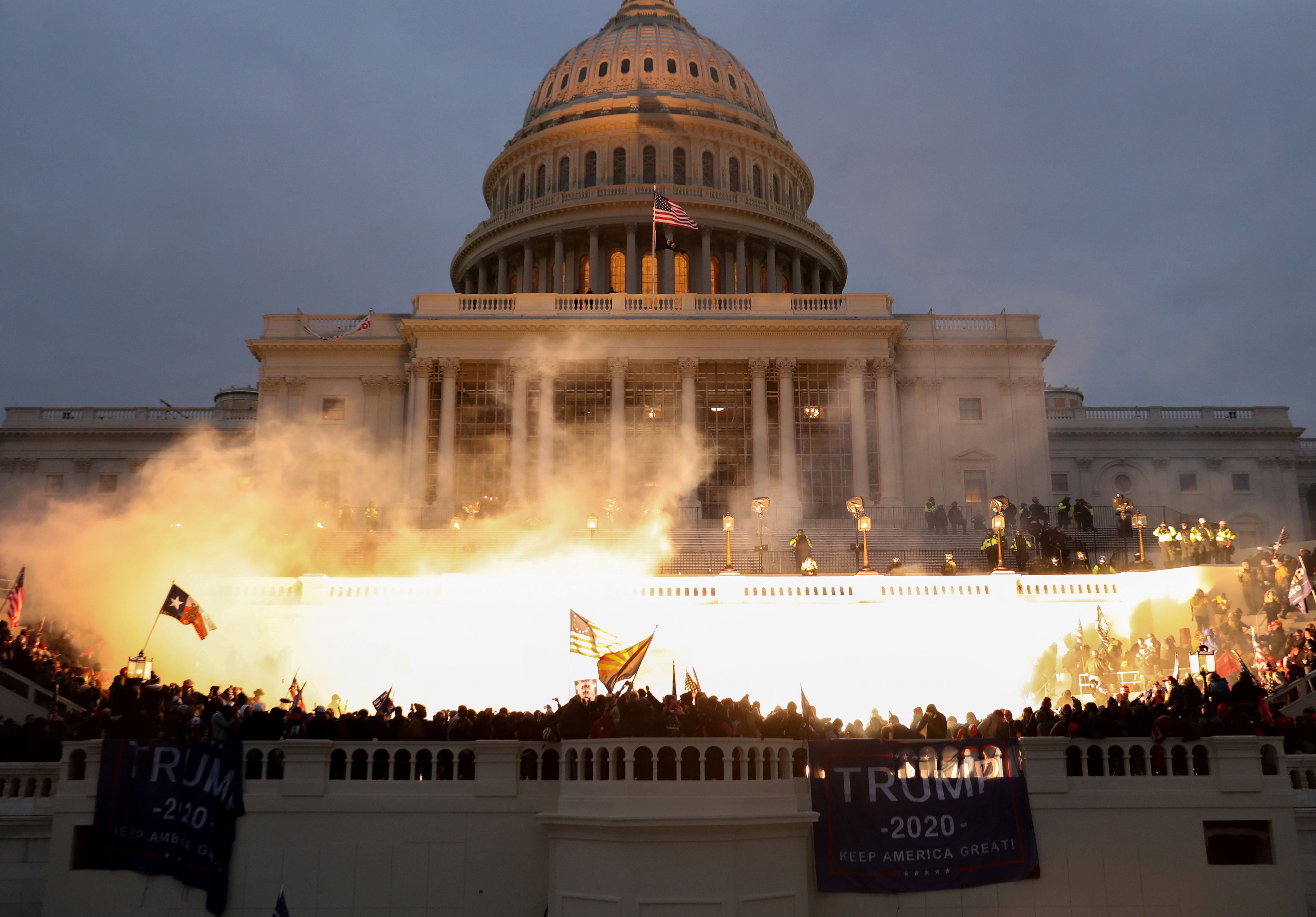
The rally, organised by Donald Trump’s supporters and anchored by the man himself, was followed by the storming of the home of US democracy, forcing members of Congress to shelter and the certification of 2020’s election results to be suspended temporarily.
While the rioters were unable to stop Mr Biden from being confirmed the election winner, the assault on dozens of members of police and the deaths of five individuals that day continue to have repercussions for American politics.
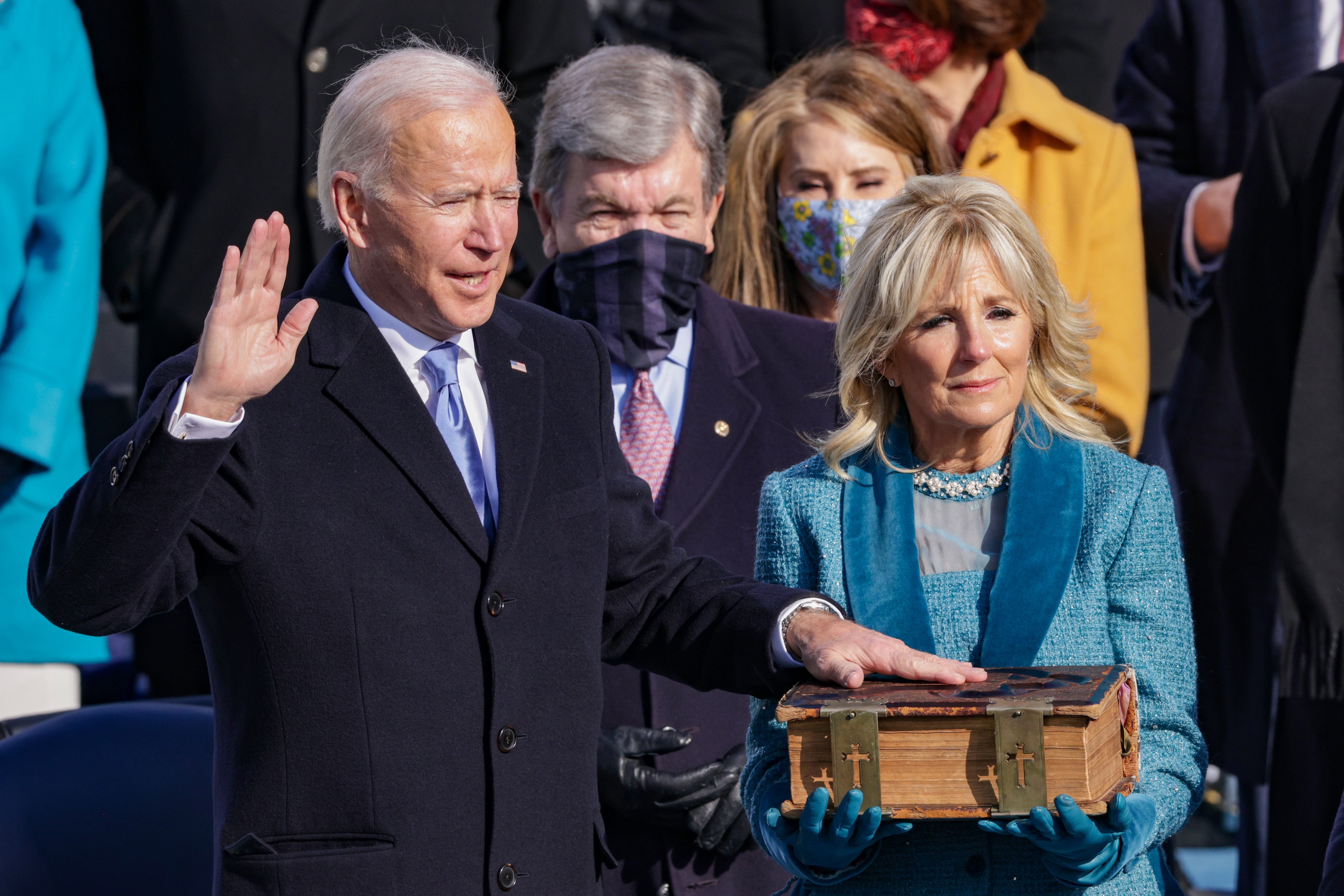
By the time Mr Biden was sworn in as US president on 20 January, the outgoing commander-in-chief had been subject to his second impeachment in the House of Representatives – and only the fourth in the history of the United States.
Mr Biden, along with his wife Jill and extended family, became president following a ceremony that was socially distanced, surrounded by security cordons and without the hundreds of cheering supporters along the National Mall that Barack Obama enjoyed.
He acknowledged in his speech the chances of a “winter of peril” but also provided a message of hope and said: “Unity is the path forward”.
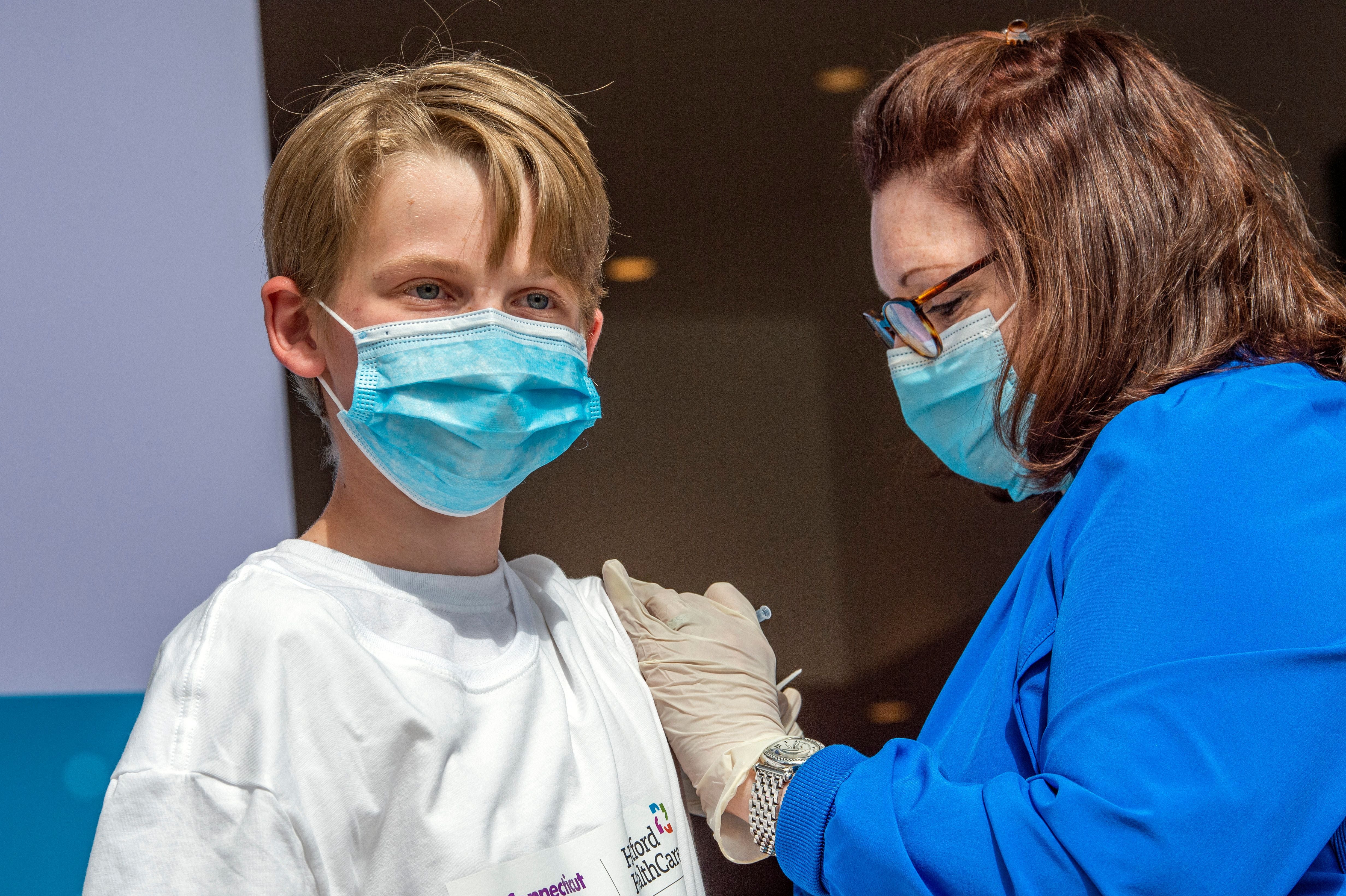
That came amid a surge in Covid infections and hospitalisations, with the country passing 4000,000 deaths ahead of Inauguration Day.
Ten months on, another 400,000 Americans had been confirmed dead of Covid – taking the total to 800,000 Americans killed by the disease.
More than 60 per cent of the population went on to receive a full course of Covid vaccinations, and 30 per cent a third “booster” dose as a way to protect against waves of variants including Alpha, Delta and more recently Omicron.
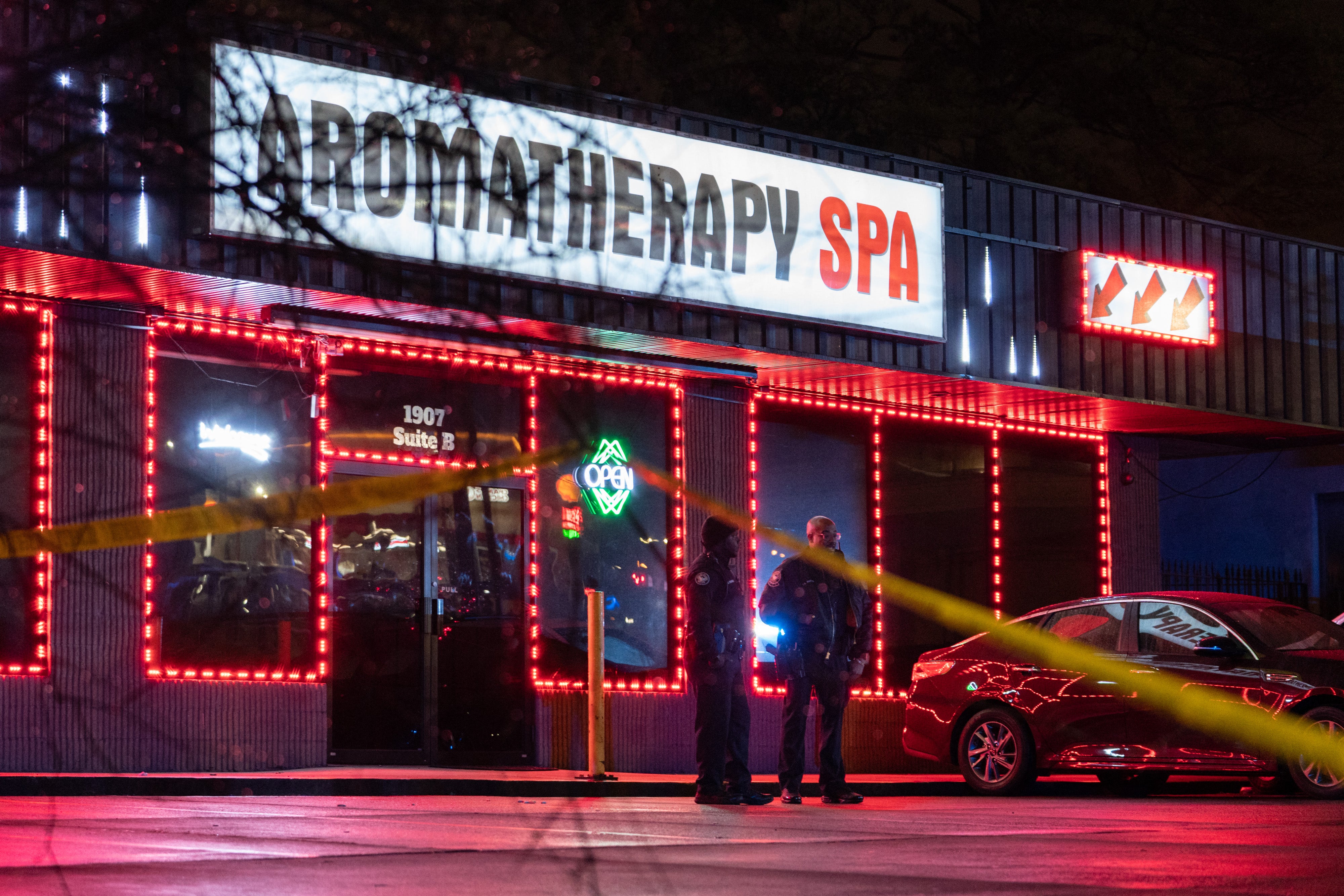
A message of national “unity” was called into question in March when three massage parlours in the Atlanta area subject to an attack that claimed the lives of eight individuals – almost all of whom were Asian-American women.
The suspect, 22-year-old Robert Aaron Long, pleaded guilty to four of the deaths – for which he faces life imprisonment. He has meanwhile pleaded not guilty for the four people who were killed in Cherokee County, Georgia, and further legal action is anticipated.
America’s Asian community were shocked and concerned by the attack, which came amid a rise in reported hate crimes that many argued were the result of the Covid outbreak that originated in Wuhan, China, the year before.
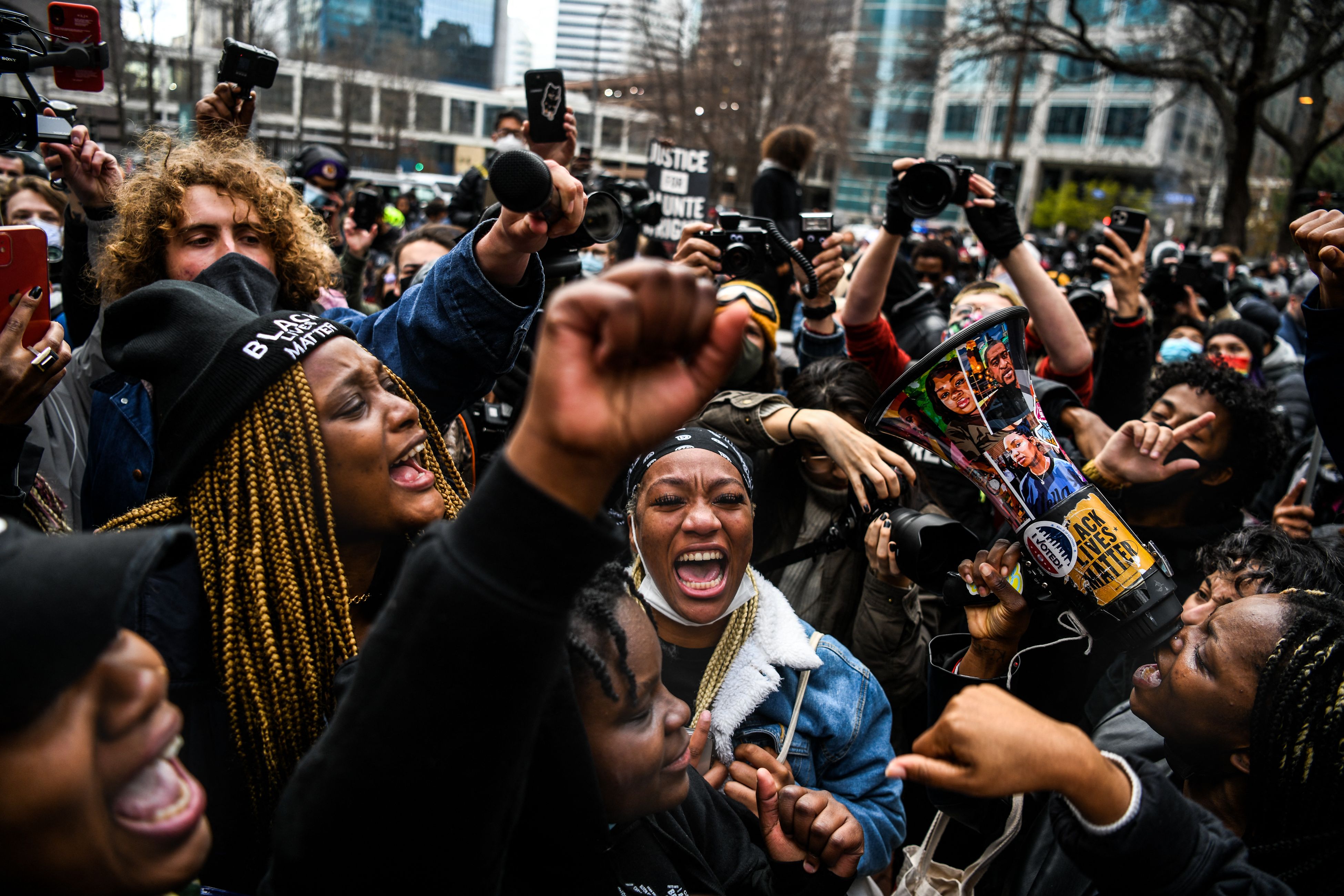
There were scenes of jubilation and tears on the door step of the Hennepin County Government Center in Minneapolis, Minnesota, on 20 April when a jury found the former Minneapolis police officer Derek Chauvinguilty of murder and manslaughter for the death of George Floyd.
The verdict marked the culmination of months-long demonstrations for justice in the May 2020 killing, and what was another step on the journey to racial justice in the US.
The court, which was heavily fortified for the Chauvin trial, would play host to a second high profile decision within the year – that of Kyle Rittenhouse.
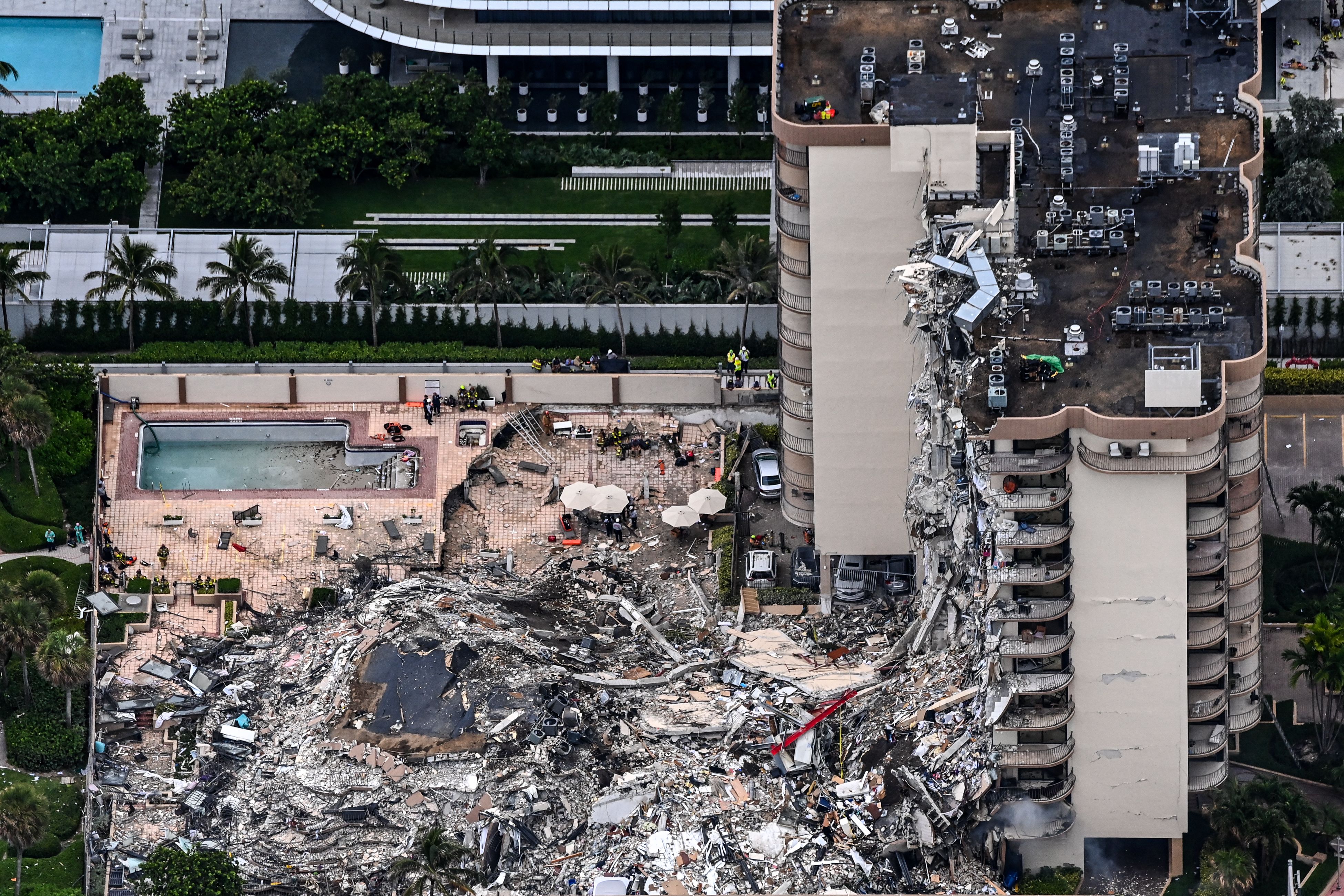
Almost a 100 people were killed in the the partial collapse of the Champlain Towers South complex on June 24, when residents of the Miami suburb – and the world – awoke to see shocking images of the block’s remaining portions standing amid the rubble.
Rescuers and emergency services worked for days to find survivors, with 98 residents and guests being confirmed dead in the aftermath of a tragic structural failure.
The remaining portions of the building were later imploded, and concerns about the safety of similar towers were raised in Florida and across the US. Investigators highlighted how the block had been overdue for an inspection and was undergoing its 40-year recertification at the time of the collapse.
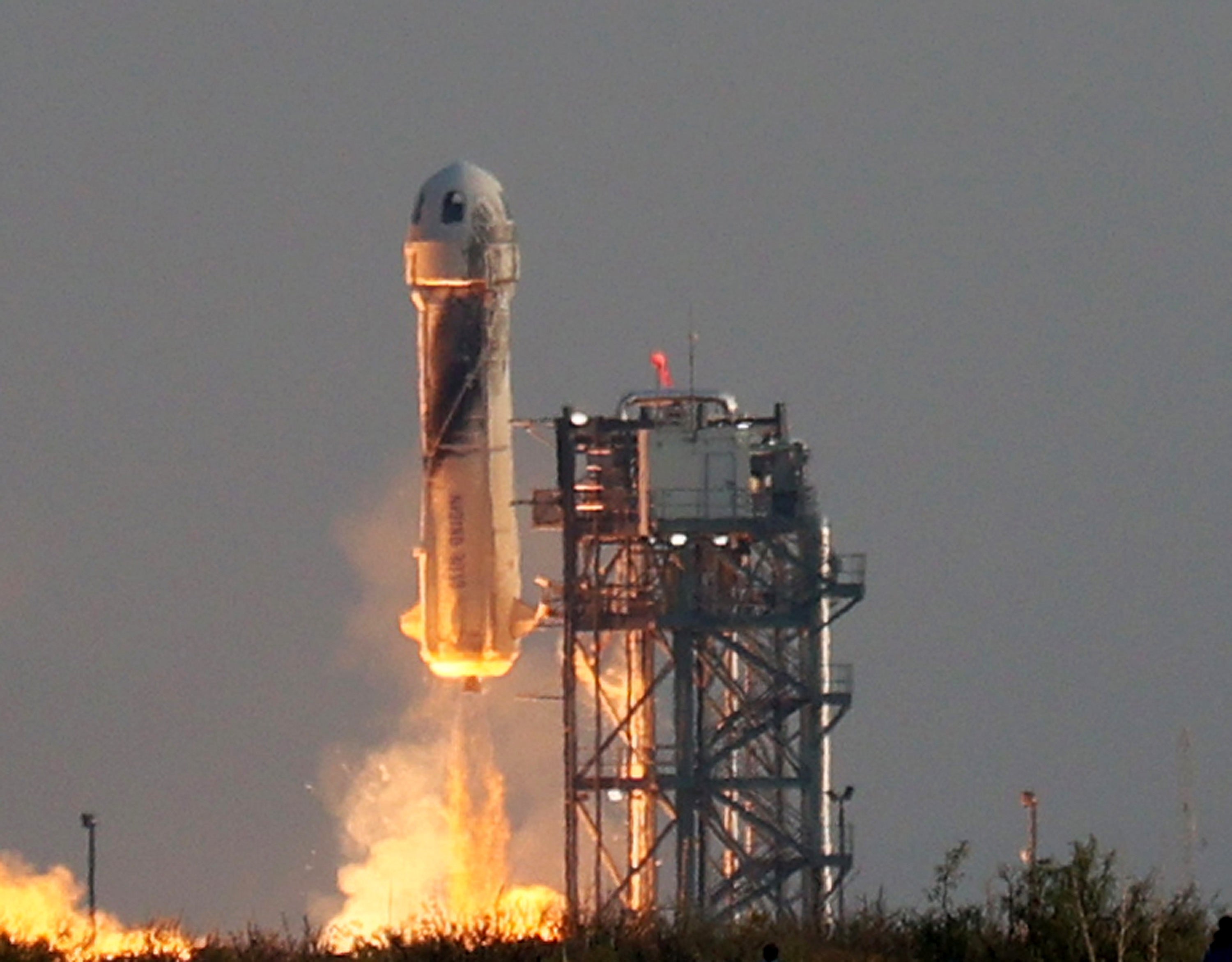
While the last space race involved two competing superpowers racing each other to send a man to the moon – and achieve never before seen spaceflight capabilities that were superior to the other – the second coming of the flight of man proved a little different.
This time around, some described the “space right” involving billionaires Jeff Bezos, Elon Musk and Richard Branson as a “d*** measuring competition” and which resulted in even Britain’s Prince William issuing a rebuttal of wealthy individuals flying away from troubles here on earth.
In the five months since Mr Bezos’s Blue Origin spacecraft – the most high profile of the three ongoing commercial space projects – took off from its base in Texas, the world’s oldest man to fly into space, 90-year-old Star Trek actor William Shatner, and the first openly queer man, have all been on board.
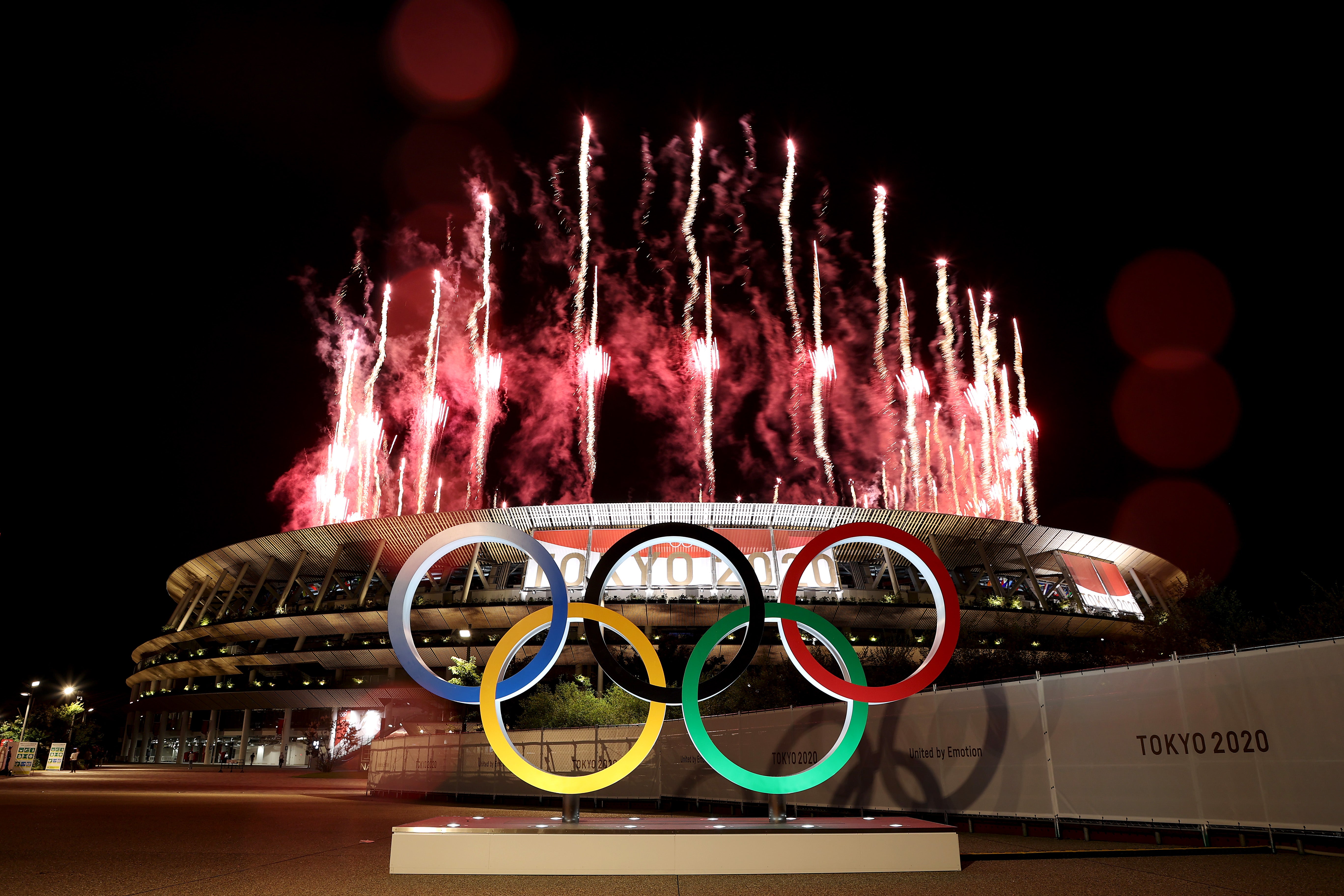
“This is special,” said US basketball forward Draymond Green after Team USA took the Gold in the men’s final at Tokyo 2020, and what was the side’s 16th Olympic Gold in the basketball competition in 19 tries.
In fact, “The Star-Spangled Banner” was heard 113 times at the Tokyo games, which finally kicked off with a paired-back opening ceremony on 23 July, and closed two weeks later on 8 August – all without spectators.
The Olympics were in spite of a year-long wait and last-minute concerns about Covid in Tokyo that could have made the games a non-starter. In the end, the world was shown what was possible amidst Covid.
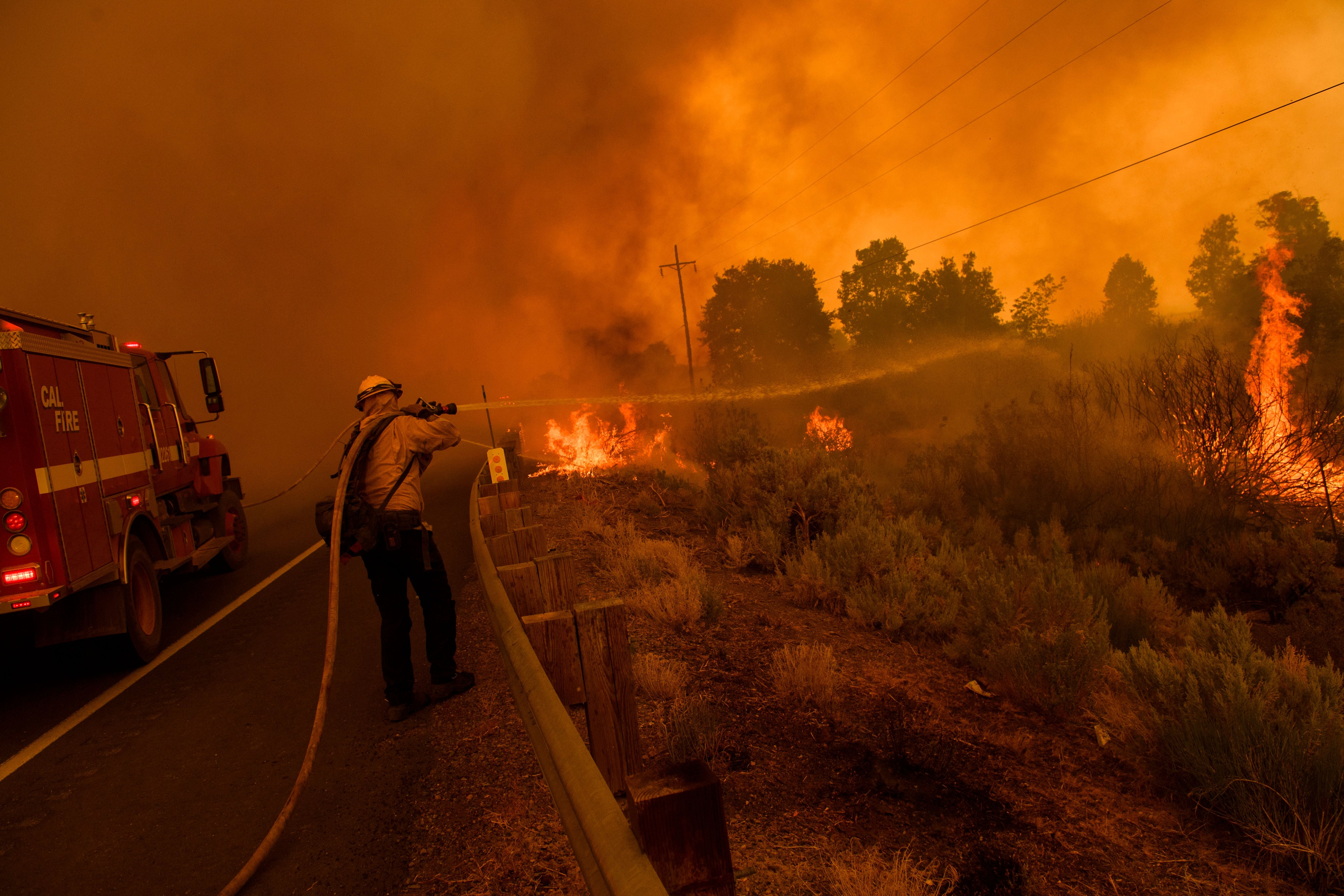
Towns were levelled, dozens of California residents were forced to flee their homes, and more than a million acres were burned by the Dixie Fire, which began in August and burned until about September.
It grew to become so big that it was the second-largest single wildfire in California state history, and according to The Washington Post’s anaylsis, torched an area bigger than New York City, Chicago, Dallas and Los Angeles combined.
Environmentalists afterwards warned that the scale of the blaze was yet another warning of fires with increasing intensity and spread – and which are becoming more frequently thanks to a combination of drought and hotter global temperatures.
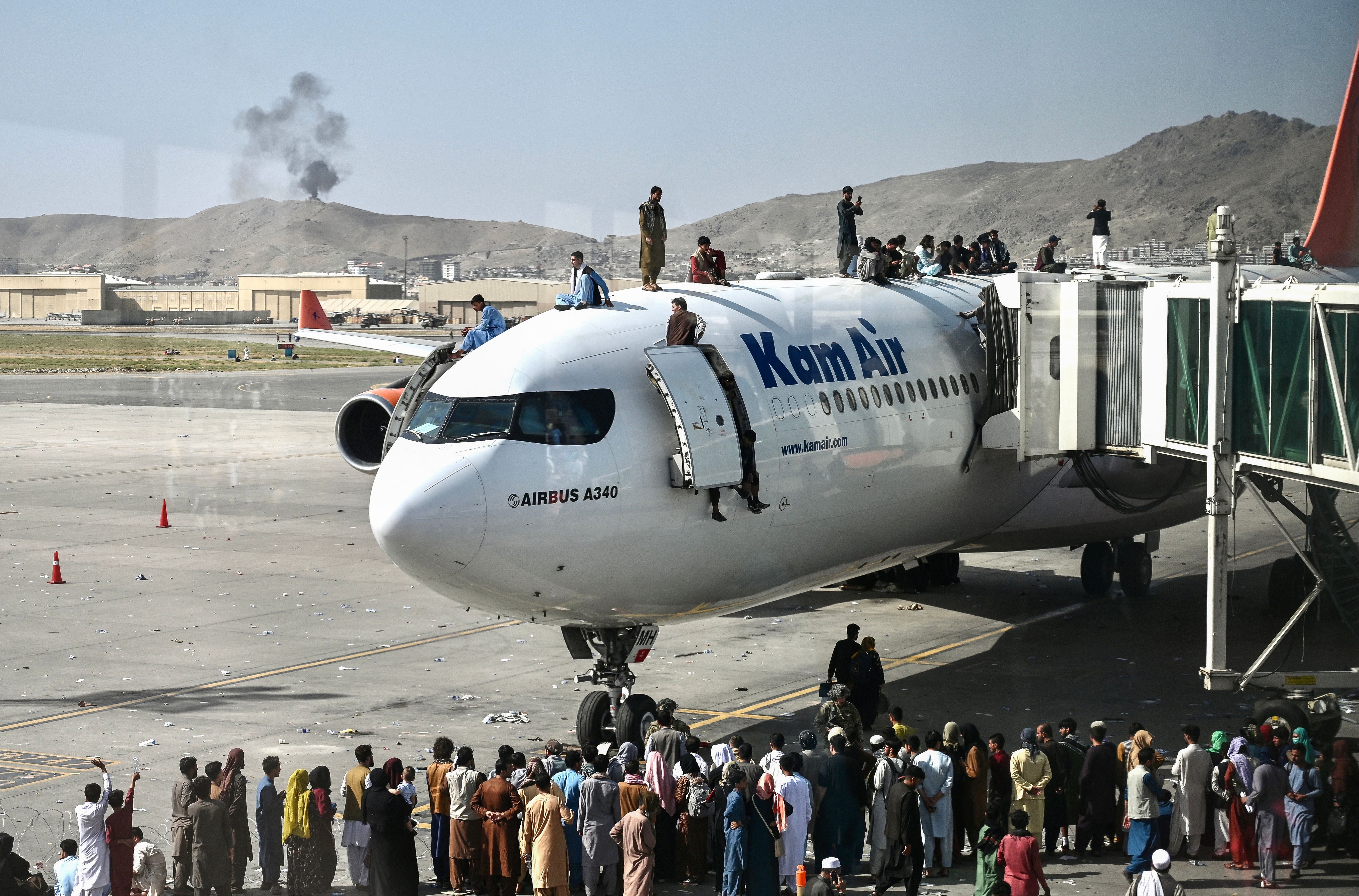
President Biden made a commitment in July that his predecessor had also advocated but never came close to while in the White House, that was to end the country’s “forever war” in Afghanistan after more than 20 years and thousands of US and civilian deaths.
But when push came to shove, and the US had packed its bags at Bagram Airfield – its former base in the country – the White House and western intelligence agencies were blindsided by the speed at which the Taliban advanced across swathes of Afghanistan.
It ended with the sight of Taliban militants marching through the capital, Kabul, on 15 August – sparking the biggest airlift in the history of the US military, as US and western civilians as well as refugees were flown out amid chaotic scenes.
And while the planes have left and embassies emptied of western officials, the humanitarian crisis on the ground in Afghanistan remains.
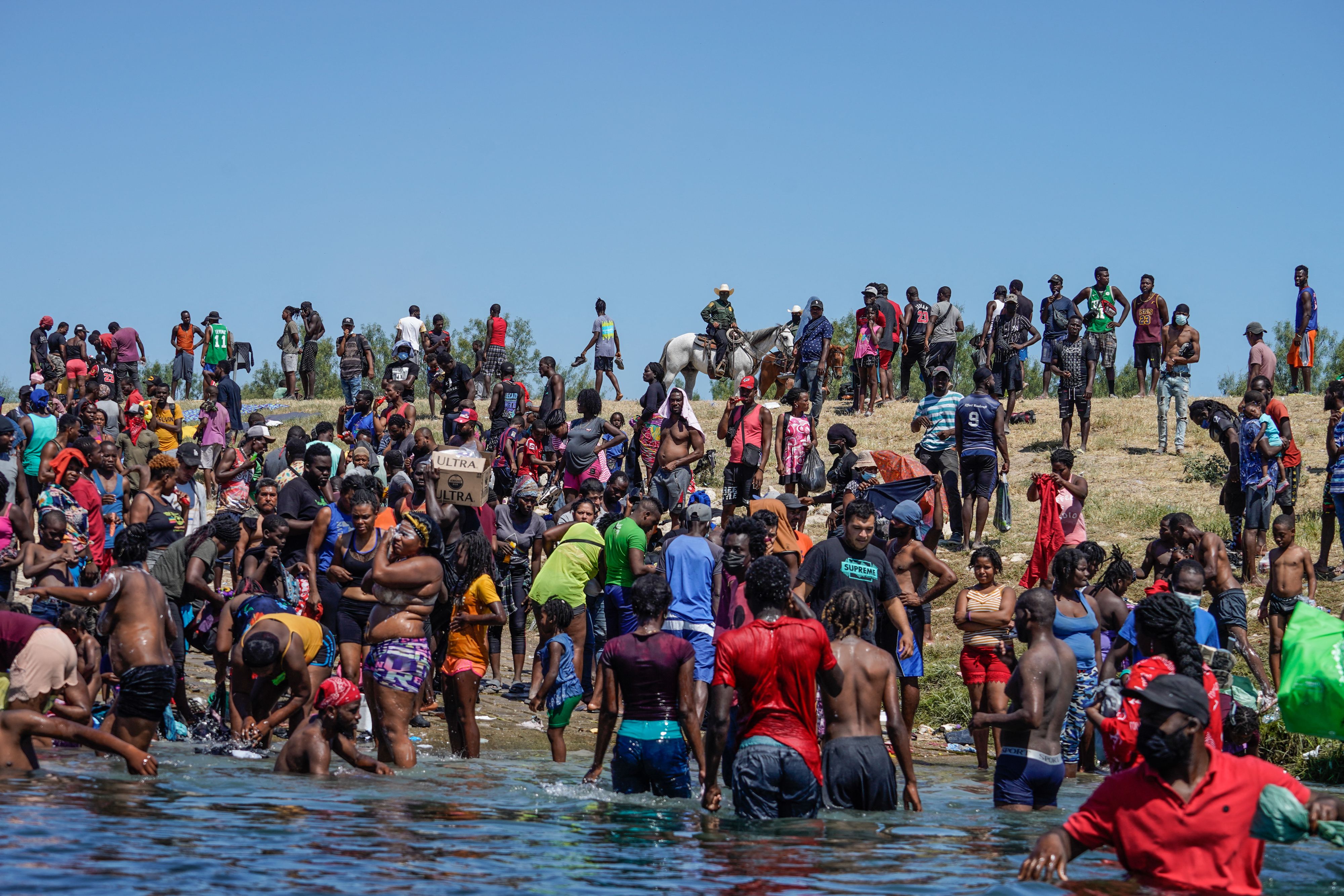
The sight of tens of thousands of migrants from South America on the border with Mexico shocked and alarmed both sides of the political aisle in September, with the White House pressured into speeding up the processing times at the border for minors – many of whom had travelled far, and in treacherous conditions, to reach safety.
A mass of people centred near the Acuna Del Rio International Bridge in Del Rio, Texas. where food and water were handed out to those waiting.
By 24 September, the Department of Homeland Security said no migrants remained at the border, with 2,000 Haitian nationals deported on controversial flights, and almost 8,000 returning to Mexico voluntarily, it was said. A further 5,000 were due to face removal proceedings – against calls the wishes of human rights campaigners.
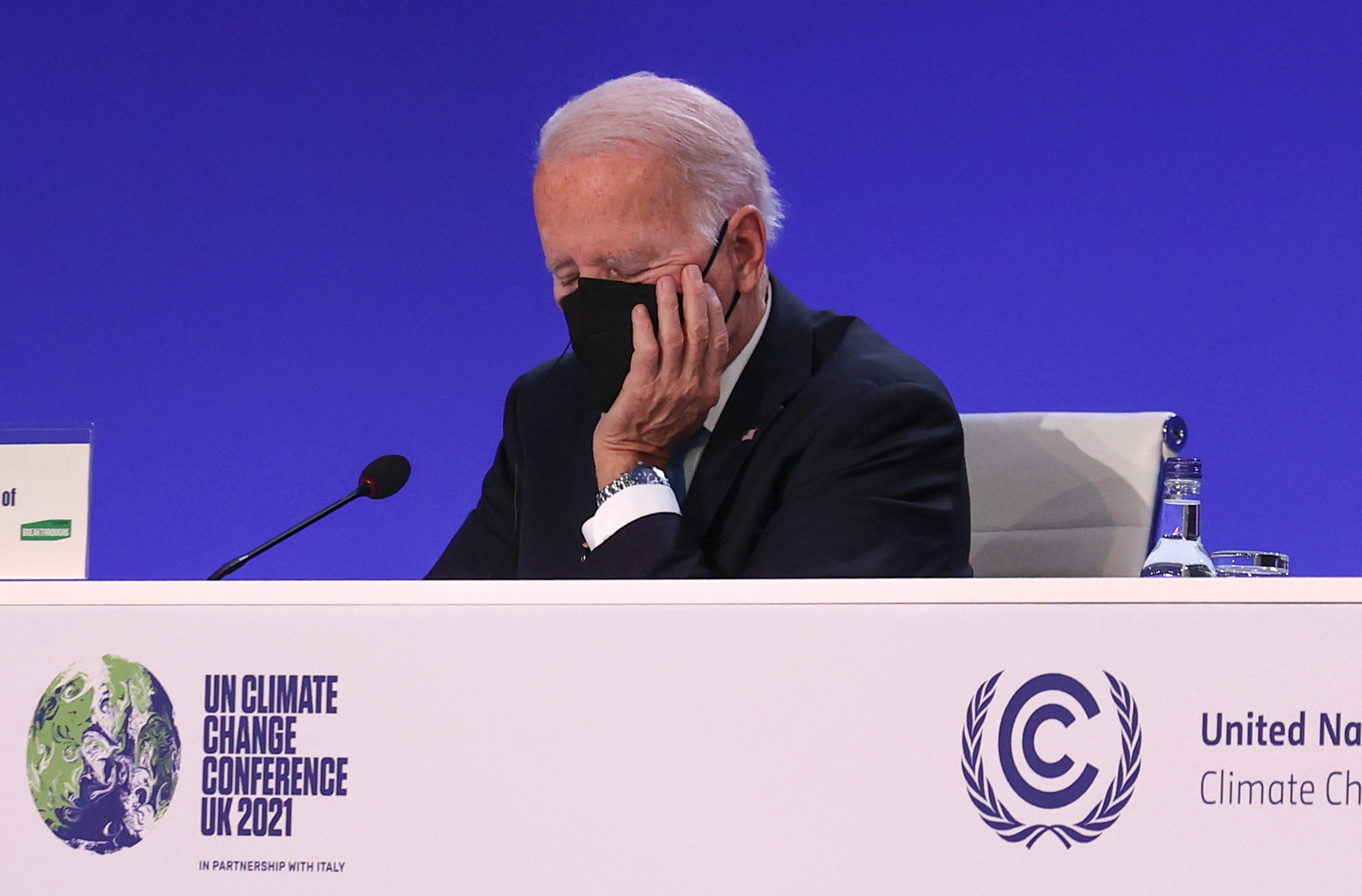
The world descended on Scotland’s second city, Glasgow, at the beginning of November for two weeks of keynote speeches and talks in the hope of tackling the globe’s foremost issue – the climate crisis.
Described as “the best last chance” to save the planet from the worst of a warming climate, the Cop26 conference energised some, and seemed to bore others – although US president Biden had been travelling extensively in the days before he was pictured nodding off.
In the end, what mattered was the binding and non-binding agreements made by all 200 plus countries who took part in the proceedings, including commitments to phasing out coal fire power stations, a reduction in methane emissions by China and the US, and support for the transition to a so-called green economy in the developing world.
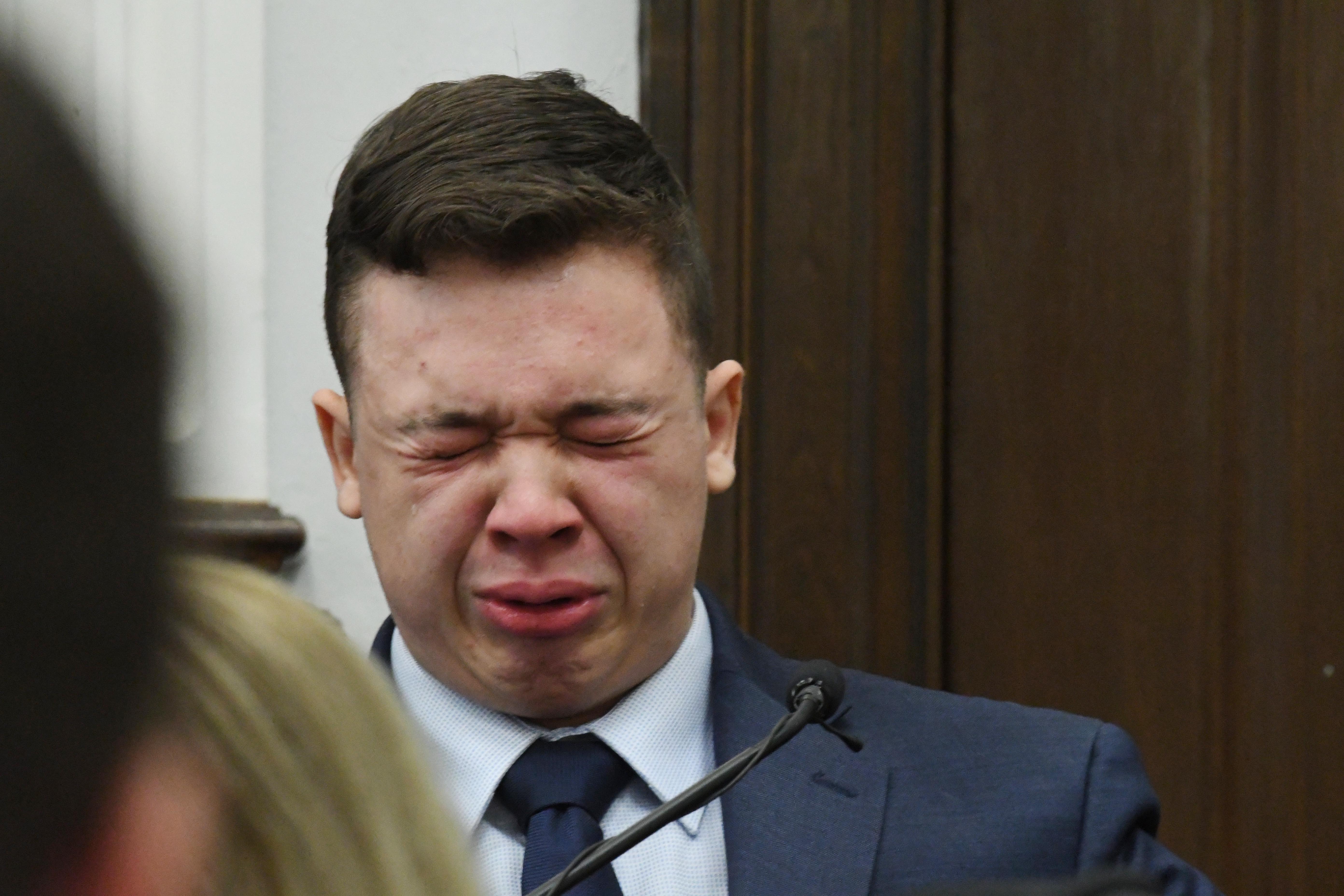
Kyle Rittenhouse’s trial was the second biggest of the year, and saw the Illinois teenager acquitted of killing two men during a night of demonstrations in Kenosha, Wisconsin, on August 2020.
Lawyers for Mr Rittenhouse alleged self-defense, and that the then-17-year-old had traveled from his home to defend property from crowds who were protesting in the wake of the police shooting of Jacob Blake, a Black man, on 23 August 2020.
The teenager, who was acquitted by a jury, was afterwards hailed by Republican figures and appeared at a conservative conference in December. Mr Trump meanwhile described the teenager as a “very nice young man”, and campaigners for racial justice meanwhile criticised the decision of the jury.
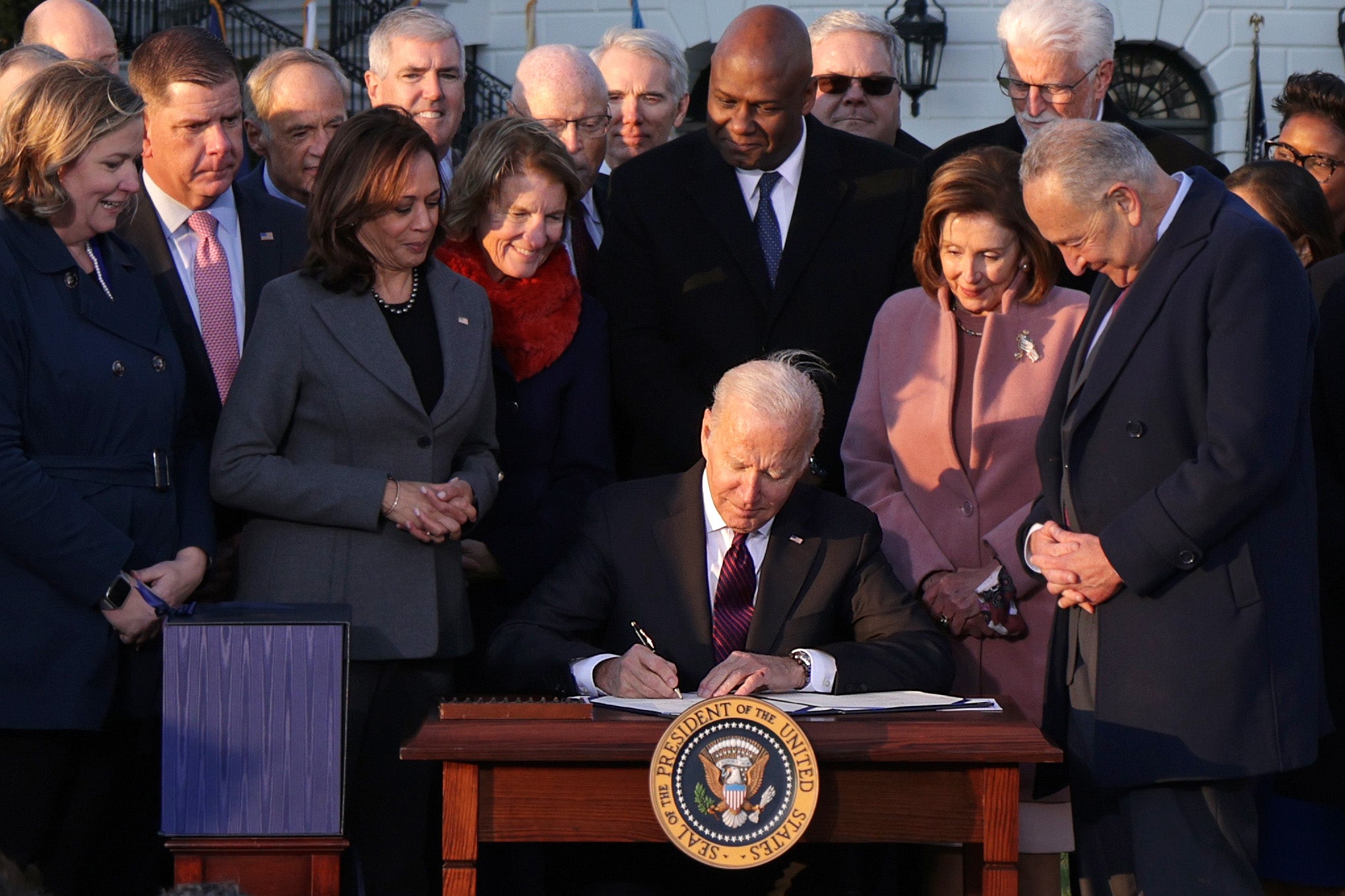
In November, the Democrat Party and president Biden delivered on a pledge to introduce not only bipartisan legislation, but to rebuild America’s ageing road and railways, with a $1.2 trillion package of investments that was agreed upon by lawmakers on both sides.
There was much disagreement on the way – or rather, there was a bumpy road – with centrist Democrats demanding the infrastructure bill be passed without consideration of a much larger Build Back Better Act on environmental, health and social spending.
While the White House was able to hold a ceremony for the signing of the smaller package, the shadow of the larger piece of legislation – and arguably that of the Biden administration’s agenda – hangs in the balance heading into 2022 and midterm elections.
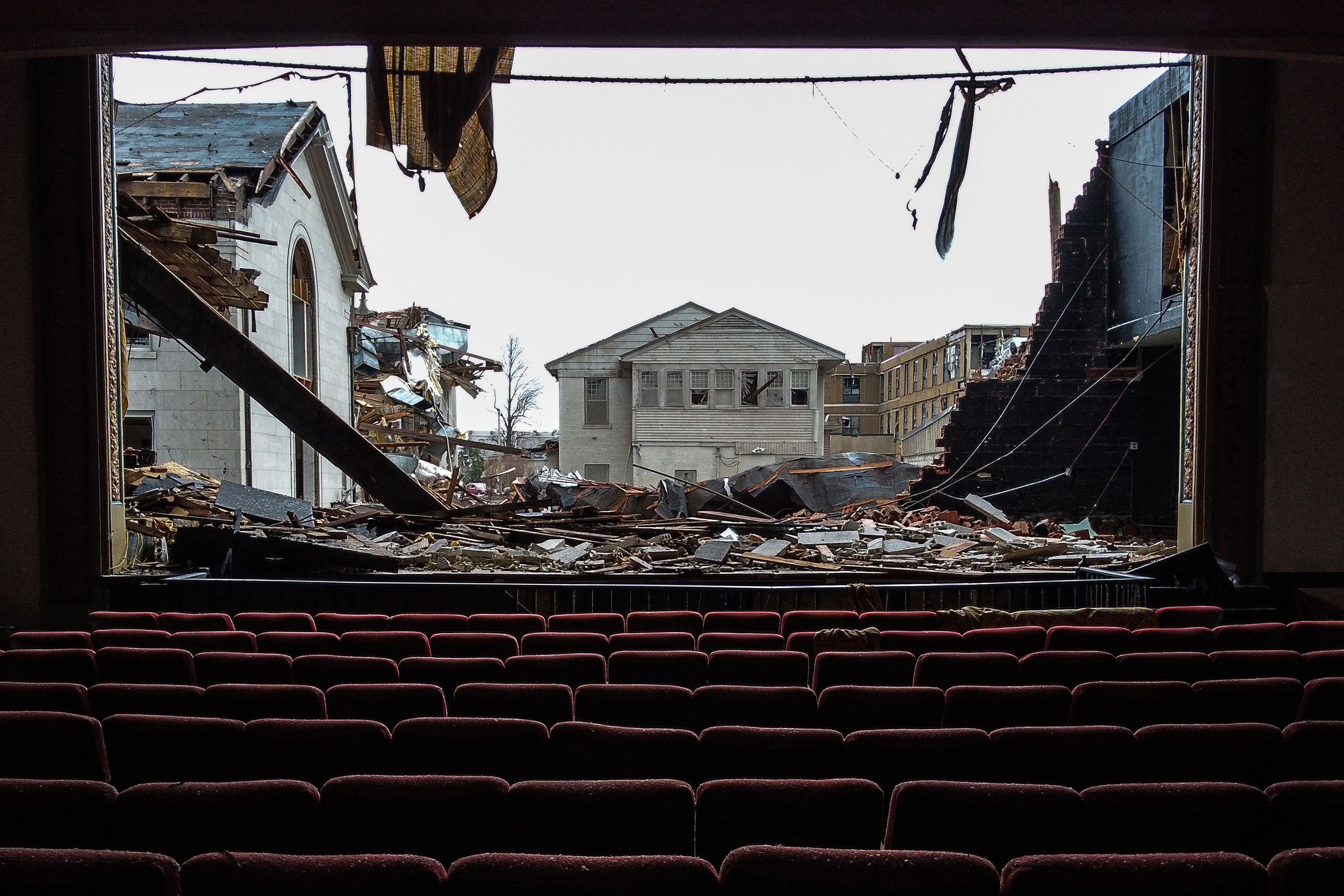
Around 80 lives were lost in Kentucky alone when tornadoes tore a path of destruction through five Midwestern states on the night of 10 December, with towns and livelihoods lost.
Kentucky governor Andy Beshear has warned that the final death toll could reach more than 100, with a recovery operation reaching into the latter part of December – and likely beyond.
In Mayfield, Kentucky, the detestation was visible all around – and none more so than in the ruins of the American Legion theatre, which had its roof and stage torn out by a tornado.
While the pain of what happened in Kentucky will be felt for many months and years from now, the extreme weather event also showed that amid tragedy, there are signs of hope.
Join our commenting forum
Join thought-provoking conversations, follow other Independent readers and see their replies
Comments
Bookmark popover
Removed from bookmarks